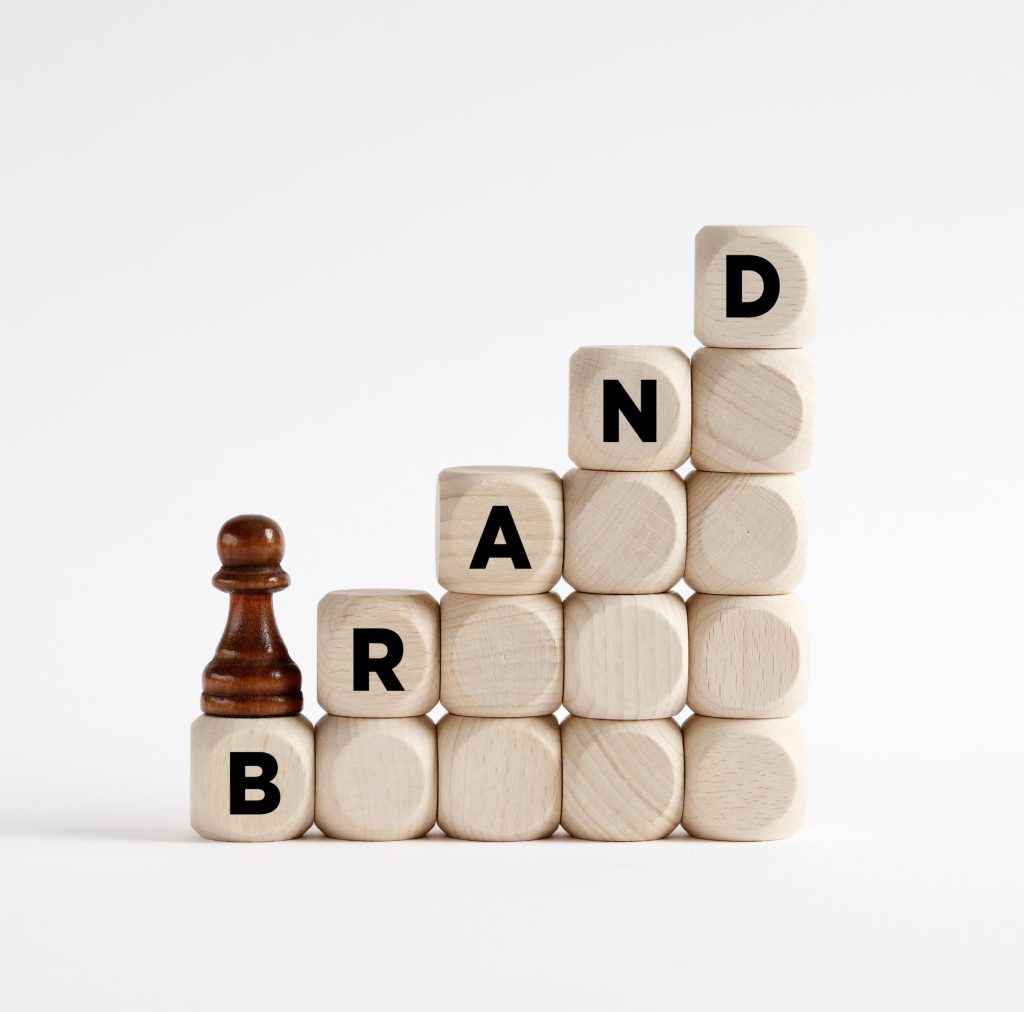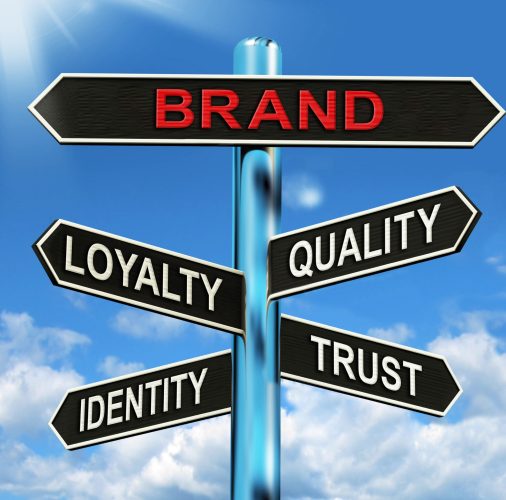Beyond Aesthetics
How Graphic Design Drives Brand Success
In an era where competition is fierce and consumer attention spans are shorter than ever, the role of graphic design has expanded far beyond creating visually appealing content. It has become a powerful tool for conveying brand identity, values, and messages in a compelling way that resonates with target audiences. Successful brands understand that graphic design isn’t just about aesthetics but about creating a meaningful connection between the company and its customers. When executed strategically, graphic design has the potential to drive brand success, influencing everything from customer perception to business growth.
In this blog, we’ll explore the multifaceted role of graphic design in brand building, examining how it contributes to overall success and outlining actionable insights for businesses looking to elevate their brands through design.
The Foundation of Brand Identity
- At its core, graphic design is the visual representation of a brand’s identity. Every brand has its own unique identity, a set of characteristics that make it stand out from competitors. Graphic design helps shape how this identity is communicated to the outside world. From logos and color schemes to typography and packaging, every visual element contributes to a cohesive brand image.
A. Crafting a Unique Visual Identity A brand’s visual identity serves as a customer’s first point of contact with the brand. A well-designed logo, website, and marketing materials immediately tell a potential customer who you are and what you represent. Consider well-established brands like Apple, Nike, and Coca-Cola; their logos alone are enough to evoke strong associations with their products, values, and even the emotions they aim to inspire. - Logos and Branding: A logo is more than just an icon; it is a visual anchor for the entire brand. The colors, shapes, and fonts used in a logo help communicate a brand’s personality. For instance, Apple’s minimalist, sleek logo reflects the brand’s focus on innovation and user-centric design.
- Consistency in Design: Consistency across all visual touchpoints—from packaging to digital ads—helps reinforce the brand’s identity and makes it recognizable in different contexts. Coca-Cola’s red color scheme and script font are instantly identifiable across any platform, reinforcing its global brand presence.


Conveying Brand Values Through Design
The Role of Graphic Design in Customer Experience
Beyond brand identity, graphic design plays a pivotal role in shaping customer experience. In today’s digital age, consumers engage with brands across multiple platforms, from websites and mobile apps to social media and email marketing. A well-thought-out design ensures that customers have a seamless, enjoyable experience, regardless of where they encounter the brand.
A. Enhancing Usability and User Experience (UX)
When customers visit a company’s website or mobile app, the first thing they notice is how easy it is to navigate. A cluttered, confusing layout can drive potential customers away, while a clean, intuitive design can keep them engaged and encourage them to take action. In this sense, graphic design directly impacts usability and user experience.
Website Design: Websites are often the first interaction a customer has with a brand. A visually appealing, easy-to-navigate site makes it easy for users to find what they are looking for and can significantly boost conversions. Airbnb, for instance, uses a sleek, minimalistic design that allows users to easily search for properties and explore listings, making the platform more user-friendly.
Mobile Optimization: With more consumers accessing websites through mobile devices, it is critical for graphic design to be responsive and mobile-optimized. A website that looks great on a desktop but is clunky on a mobile device will result in a poor user experience. Graphic designers must ensure that their work is flexible and adaptable to different screen sizes, further enhancing user experience.
B. Engaging Visual Content for Marketing Campaigns
Whether it’s a social media post, email newsletter, or billboard ad, eye-catching visual content is key to capturing attention in today’s fast-paced environment. Graphic design is at the heart of creating marketing materials that stand out and effectively convey the brand message.
Social Media Graphics: Social media platforms are inherently visual, making graphic design essential to any effective social media marketing strategy. Instagram and Facebook ads, in particular, rely on strong visuals to stop users from scrolling and prompt them to engage with the content.
Email Marketing: Well-designed email newsletters are more likely to be opened and read. The layout, color scheme, and images used in the email must align with the brand’s identity while making the content visually appealing and easy to digest.

Emotional Connection and Trust-Building
A. Evoking Emotional Responses Through the strategic use of colour, typography, and imagery, graphic design can evoke emotions that influence how consumers perceive a brand. For example, bright colours like red and yellow can evoke excitement and energy, while softer hues like blue and green create feelings of calm and trust. Colour Psychology: Brands often choose their colour schemes based on the emotional responses they want to elicit. McDonald’s uses red and yellow, colours that are associated with hunger and energy, to appeal to fast-food consumers.
B. Building Trust Through Design Consistency Trust is a critical factor in brand success. Consumers are more likely to purchase from brands they trust, and graphic design plays a key role in establishing that trust. Consistency in design across all touchpoints—from packaging to social media—helps create a reliable, trustworthy image.
Brand Guidelines: Successful brands like Google and Starbucks maintain strict brand guidelines that ensure consistency across all marketing materials. This consistency builds familiarity and trust with consumers, who know what to expect every time they interact with the brand.
Graphic Design as a Competitive Advantage
A. Differentiation Through Design A unique and memorable design can set a brand apart from its competitors. Consumers are bombarded with advertising and brand messages every day, so a distinct visual identity can make a lasting impression. Example: Spotify’s bold use of color gradients and playful design elements helped differentiate it from other music streaming services, making it a favorite among younger, tech-savvy consumers.
B. Visual Storytelling for Competitive Edge In today’s attention economy, telling a compelling story visually is more effective than ever. Whether through infographics, videos, or interactive web design, graphic design enhances a brand’s ability to tell its story in a way that resonates with consumers. Infographics and Data Visualization: Businesses that need to communicate complex information—such as B2B companies or tech firms—can use graphic design to make data more digestible and engaging. Infographics are an excellent way to simplify data and present it in a visually appealing format that drives engagement.
Graphic Design’s Role in Sales and ROI
A. Packaging Design as a Sales Driver In retail, packaging design can be a powerful sales tool. Products with eye-catching, well-designed packaging are more likely to stand out on shelves and attract attention. Example: Apple’s minimalist product packaging is iconic and instantly recognizable. The sleek, premium design reflects the quality of the product inside, making consumers more likely to choose Apple over competitors.
B. Conversion-Optimized Web Design Web design is another area where graphic design can directly impact sales. A website that is visually appealing, easy to navigate, and optimized for conversions can significantly boost online sales. By using clear calls-to-action, intuitive navigation, and engaging visuals, graphic designers can help drive users through the sales funnel.
Graphic Design as a Business Growth Engine

